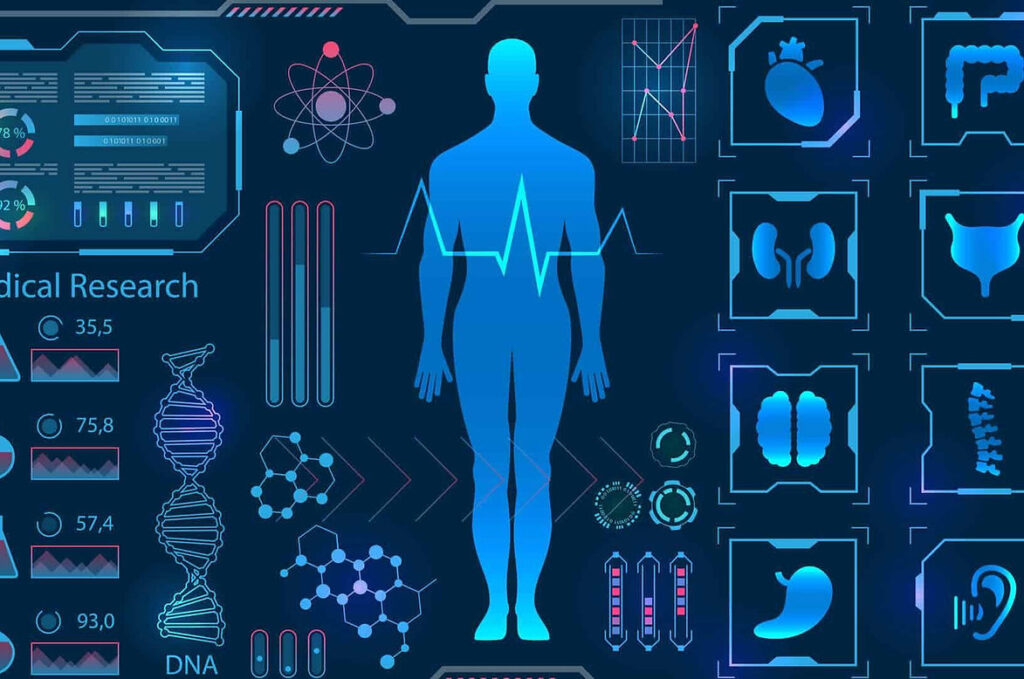Quad Screen Test in Pregnancy
The quad screen — also known as the quadruple marker test, the second trimester screen or simply the quad test — is a prenatal test that measures levels of four substances in pregnant women’s blood: Alpha-fetoprotein (AFP), a protein made by the developing baby.
The quad screen — also known as the quadruple marker test, the second trimester screen or simply the quad test — is a prenatal test that measures levels of four substances in pregnant women’s blood:
Alpha-fetoprotein (AFP), a protein made by the developing baby
Human chorionic gonadotropin (HCG), a hormone made by the placenta
Estriol, a hormone made by the placenta and the baby’s liver
Inhibin A, another hormone made by the placenta
Ideally, the quad screen is done between weeks 15 and 18 of pregnancy — during the second trimester. However, the procedure can be done up to week 22.
The quad screen is used to evaluate whether your pregnancy has an increased chance of being affected with certain conditions, such as Down syndrome or neural tube defects. If your risk is low, the quad screen can offer reassurance that there is a decreased chance for Down syndrome, trisomy 18, neural tube defects and abdominal wall defects.
If the quad screen indicates an increased chance of one of these conditions, you might consider additional screening or testing.
Why it’s done
The quad screen evaluates your chance of carrying a baby who has any of the following conditions:
Down syndrome (trisomy 21). Down syndrome is a chromosomal disorder that causes lifelong intellectual disability and developmental delays and, in some people, health problems.
Trisomy 18. This is a chromosomal disorder that causes severe developmental delays and abnormalities in the structure of the body. Trisomy 18 is often fatal by age 1.
Spina bifida. Spina bifida is a birth defect that occurs when a portion of the neural tube fails to develop or close properly, causing defects in the spinal cord and in the bones of the spine.
Abdominal wall defects. In these birth defects, the baby’s intestines or other abdominal organs stick through the belly button.
The quad screen has traditionally been one of the most commonly used screenings in the second trimester. It was generally used if prenatal care began during the second trimester or if first trimester screening, which involves a blood test and an ultrasound exam, wasn’t available. Your health care provider might combine the results of first trimester screening with the quad screen to improve the detection rate of Down syndrome.
Prenatal cell-free DNA screening is another screening method that your health care provider might recommend in place of quad screening. Talk to your health care provider about your screening options.
A negative quad screen doesn’t guarantee that the baby won’t have a chromosomal abnormality, single-gene disorder or certain birth defects. If your screening test is positive, your doctor will recommend additional testing to make a diagnosis.
Before the screening, think about what the results mean to you. Consider whether the screening will be worth any anxiety it might cause, or whether you’ll handle your pregnancy differently depending on the results. You might also consider what level of risk would be enough for you to choose a more invasive follow-up test.

Lorem ipsum dolor sit amet, consectetur adipiscing elit. Phasellus ac aliquam velit. Phasellus dapibus cursus erat, quis consequat urna efficitur non. Phasellus cursus, erat quis mollis lobortis, urna risus hendrerit metus, id dictum metus purus vel magna. Nulla non purus sit amet arcu convallis egestas
Lorem ipsum dolor sit amet, consectetur adipiscing elit. Phasellus ac aliquam velit. Phasellus dapibus cursus erat, quis consequat urna efficitur non. Phasellus cursus, erat quis mollis lobortis, urna risus hendrerit metus, id dictum metus purus vel magna. Nulla non purus sit amet arcu convallis egestas
Lorem ipsum dolor sit amet, consectetur adipiscing elit. Phasellus ac aliquam velit. Phasellus dapibus cursus erat, quis consequat urna efficitur non. Phasellus cursus, erat quis mollis lobortis, urna risus hendrerit metus, id dictum metus purus vel magna. Nulla non purus sit amet arcu convallis egestas

COSMETIC SURGERY
Lorem ipsum dolor sit amet, consectetur adipiscing elit. Ut elit tellus, luctus nec ullamcorper mattis, pulvinar dapibus leo.

COSMETIC SURGERY
Lorem ipsum dolor sit amet, consectetur adipiscing elit. Ut elit tellus, luctus nec ullamcorper mattis, pulvinar dapibus leo.

COSMETIC SURGERY
Lorem ipsum dolor sit amet, consectetur adipiscing elit. Ut elit tellus, luctus nec ullamcorper mattis, pulvinar dapibus leo.
